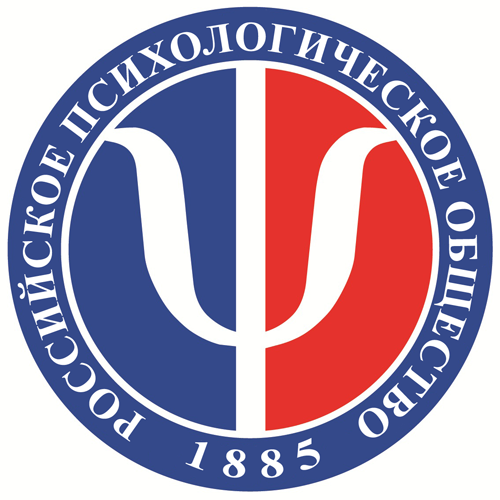ISSN: 2073-2635
eISSN: 2949-270X
eISSN: 2949-270X
Senior Lecturer at the Department of Foreign Journalism and Literature, Coordinator of Student Mobility Office of Faculty of Journalism of Lomonosov Moscow State University
Background. A significant problem in studying the current situation with the provision of academic services to foreign students in Russia is the lack of access to information on the composition of the international students in separate educational institutions. The Ministry of Science and Higher Education of Russia annually publishes open data on the number of foreign students, their citizenship and academic preferences. However, offers of educational services in Russia are very diverse. The average indicators for the country do not fully reflect the realities of both leading universities with high tuition fees and regional universities with more affordable prices.
Objectives. The goal of the conducted research is to create a basic understanding of the MSU’s international students’ composition within the scientific community. Analysis is mostly conducted from the points of the areas of immigration and the choices of educational trajectories available at Moscow University. The authors see an additional purpose in identifying similarities and differences between foreign students of Lomonosov Moscow State University and the nationwide trends in interstate inbound academic mobility.
Study participants. This article presents the results revealed in the process of exploring all MSU’s undergraduate and graduate international students (5184 people) who are obtaining degrees based on the data for 2023.
Methods. Quantitative and comparative analyses were used as methods to process the empirical material; comparative analytics was used both at the stage of working with initial data and at the stage of working with secondary data.
Results. Among the main results, it should be noted that a significant dominance of Chinese students at MSU (82.2%) is observed along with absence of students from India (0.06%), which differs strongly from Russian median indicators. It is also important to mention the steady trend of interest in the humanities among foreign Bachelors and Masters of Lomonosov Moscow State University. In terms of numbers of admission of international students, the leading departments are the Higher School of Translation and Interpreting, the Faculty of Journalism, and the Faculty of Foreign Languages and Area Studies.
Conclusions. The analysis of data on the number of the Moscow university’s foreign students for the period from 2019 to 2022 allows us to say that the demand for MSU’s educational programmes is almost not affected by global or local socio-cultural and geopolitical events, due to the stable interest in the educational programmes of Moscow university on the part of Chinese citizens, and the sustainable development of international cooperation in the field of obtaining academic qualifications between Moscow and Beijing as well.


